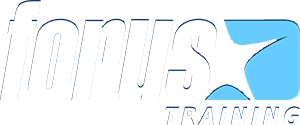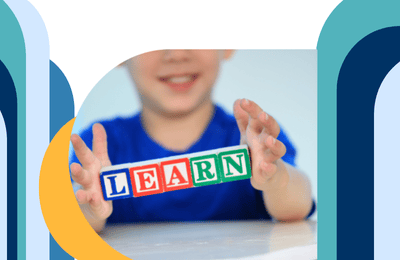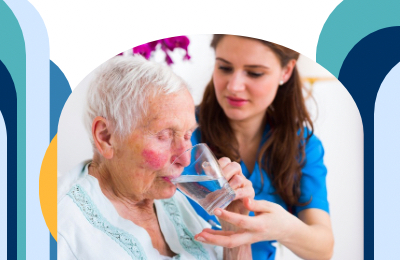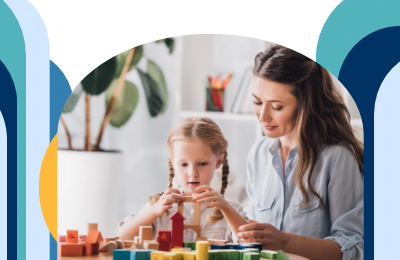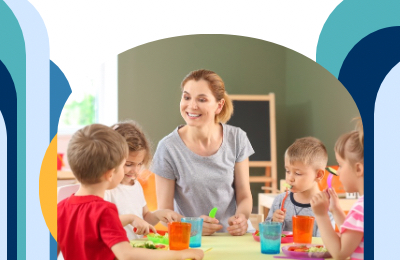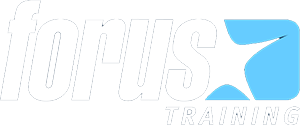What it means to be an early years practitioner in Ireland – a practical, policy-informed guide
Being an early years educator in Ireland is more than being a ‘child minder’ it is a deeply rewarding but complex vocation. It combines day-to-day care and education of babies and young children with professional responsibilities shaped by national curriculum and quality frameworks, statutory regulations, and evolving social policy. This article explains the role, connects it to best practice (Aistear, Síolta, inspection expectations), highlights qualification and professional development requirements, and importance of social policy development.
The role
An early years educator in Ireland creates safe, stimulating and responsive environments where young children’s learning, wellbeing and sense of belonging can flourish. Educators observe babies, toddlers and young children, plan play-based learning, support language and socio-emotional development, work with families, and maintain records and policies required by regulators. They balance warmth and care with intentional planning, reflective practice and compliance with standards and legal requirements.
Core frameworks that shape everyday practice
Aistear — the curriculum for birth to 6
Aistear (NCCA) is Ireland’s early childhood curriculum framework. It organises learning around four themes — Well-being; Identity & Beloning; Communicating; Exploring & Thinking — and emphasises play, relationships and learning through meaningful experiences. Educators use Aistear to plan responsive, play-based programmes and to scaffold children’s learning across development domains.
Síolta — the national quality framework
Síolta is the National Quality Framework for Early Childhood Education in Ireland. It sets standards across areas such as partnerships with families, curriculum, health & safety, and professional practice. Educators and managers use Síolta to audit and improve service-level practice and to shape reflective, evidence-informed quality improvement.
The Quality & Regulatory Framework and Tusla inspection
Tusla’s Early Years Inspectorate enforces the Child Care Act (Early Years Services) Regulations and uses the Quality & Regulatory Framework (QRF) to assess safety, child welfare, staff qualifications, and management. Educators need to understand inspection focuses (child safeguarding, staff-to-child ratios, record-keeping, policies) and use inspection feedback as part of continuous improvement.
Translating frameworks into best practice
- Play-based, adult-supported learning: Use Aistear’s themes when planning play invitations and learning intentions. Observe first, then scaffold next steps rather than directing every activity.
- Reflective practice and self-evaluation: Use Síolta’s signposts and components to structure team reflection meetings and quality improvement plans (QIPs). Evidence your changes with photos, learning stories and audit notes.
- Attachment and wellbeing first: Prioritise warm, consistent relationships and routines that support regulation and wellbeing — this both aligns with Aistear and protects children in inspection criteria.
- Partnership with families: Share documentation, co-construct learning goals, and involve parents in transitions. Síolta places family partnerships at the heart of quality.
- Safeguarding and professionalism: Ensure Garda vetting, child protection training, safe recruitment, and up-to-date policies. Tusla inspects safeguarding systems closely.
Qualifications, CPD and professional status
The sector is professionalising: room-leader and many funded programme roles require recognised early years qualifications approved by the Department (DCEDIY). QQI Level 5 and Level 6 awards (and higher degrees) are common prerequisites; programmes include substantial assessed placement hours to build practice. Ongoing CPD — for example in special educational needs, infant mental health, or curriculum pedagogy — is expected and supports both quality and inspections.
The policy landscape that affects practice
- Funding & parental subsidies: The National Childcare Scheme (NCS) and the Early Childhood Care and Education (ECCE) programme shape service funding and parental fees. Recent changes (e.g., increases to the universal NCS subsidy) affect family affordability and demand patterns that educators and managers must plan for.
- Regulation and workforce supports: Tusla registration, compliance with Early Years Regulations, and the QRF set mandatory standards. At the same time, national policy debates focus on workforce pay, qualification pipelines, and service sustainability — practical pressures that influence staff recruitment, retention and morale.
- Inclusion and access: Policy documents and national reports (e.g., State of the Nation’s Children) highlight priorities for inclusion, early intervention, and equity — areas where educators are frontline implementers, working with HSE, mainstream schools and specialist services.
Day-to-day realities and ethical practice
An effective educator blends:
- Observation and assessment: regular descriptive observations and learning stories to inform planning and identify additional needs.
- Documentation & confidentiality: clear, accurate records (attendance, accidents, development notes) kept in line with data protection and Tusla guidance.
- Advocacy: speaking up for children’s needs (staffing, resources, referrals to speech/OT) and for fair working conditions for staff.
- Teamwork: collaborating with room leaders, managers, parents and outside agencies.
Ethically, educators must prioritise children’s best interests, use professional judgement, and participate in reflective supervision where available.
Practical examples of good practice -Practical Examples
- Responsive planning: A toddler room uses weekly observations to identify emerging interest in building; staff set up loose parts and language prompts tied to Aistear’s “Exploring and Thinking” to extend vocabulary and problem solving.
- Using Síolta for improvement: A service uses Síolta standards to audit partnerships with families, finds communication gaps at drop-off, introduces a digital daily note and weekly parent-teacher slots — then evidences the change in their QIP.
- Inspection readiness: Staff maintain a single, well-organised policies folder, named person for child protection, up-to-date training records and sample planning cycles — which helps inspections run smoothly and reduces stress for practitioners.
Challenges and where the sector is heading
Key challenges for practitioners include recruitment and retention, low pay relative to qualification requirements, increasing demand from families, and the administrative load of compliance. Policy momentum on affordability (e.g., NCS changes) and discussions about fee caps and ECCE expansion are likely to reshape workload, funding streams, and expectations for educators in coming years. Educators should stay informed through sector organisations (Early Childhood Ireland, unions, DCEDIY updates) and engage in policy advocacy where possible.
Practical tips for educators right now
- Keep familiar with Aistear and Síolta practical supports; use their signposts to structure short reflective meetings.
- Maintain a concise “inspection pack” (policies, staff qualifications, safeguarding contacts) — saves time and reduces stress.
- Prioritise reflective supervision and CPD (autism, inclusion, trauma-informed practice) — it improves outcomes and wellbeing for both children and staff.
- Watch NCS/ECCE guidance from DCEDIY for funding and eligibility changes that affect parental demand and billing.
Conclusion
Being an early years educator in Ireland means holding multiple roles at once: caregiver, educator, observer, recorder, partner with families, and a worker who navigates regulation and policy. The best practice is a blend of warm, play-based pedagogy (Aistear), structured quality improvement (Síolta), and diligent compliance with safeguarding and inspection standards (Tusla). Educators who combine reflective practice, ongoing professional learning, and active engagement with policy will be well placed to deliver high-quality early learning and to shape a more sustainable, equitable sector.
Selected references & bibliography
- National Council for Curriculum and Assessment (NCCA). Aistear: the Early Childhood Curriculum Framework. https://ncca.ie/en/early-childhood/
- NCCA. Aistear: the Early Childhood Curriculum Framework (PDF). https://www.curriculumonline.ie/getmedia/1e9e4eff-5d44-4950-bfa6-a28f43895d3f/Aistear-FW-ENG.pdf
- Síolta — The National Quality Framework for Early Childhood Education. https://www.siolta.ie/
- Tusla Early Years Inspectorate. What to expect from an early years service / QRF guidance (Tusla publications). https://www.tusla.ie/early-years-inspectorate/ and related QRF documents.
- Department of Children, Equality, Disability, Integration and Youth (DCEDIY). Early Years Recognised Qualifications (approved list). https://gov.ie/en/publication/early-years-recognised-qualifications/
- Department of Children / Gov.ie. Early Childhood Care and Education Programme (ECCE). https://gov.ie/en/publication/early-childhood-care-and-education-programme-ecce/
- National Childcare Scheme (NCS) — types of subsidy and policy updates (universal subsidy info). https://www.ncs.gov.ie/ and https://www.gov.ie/en/press-release/ (NCS subsidy increases from Sept 2024).
- Early Childhood Ireland. State of the Nation’s Children / Policy updates (sector commentary and analysis). https://www.earlychildhoodireland.ie/
